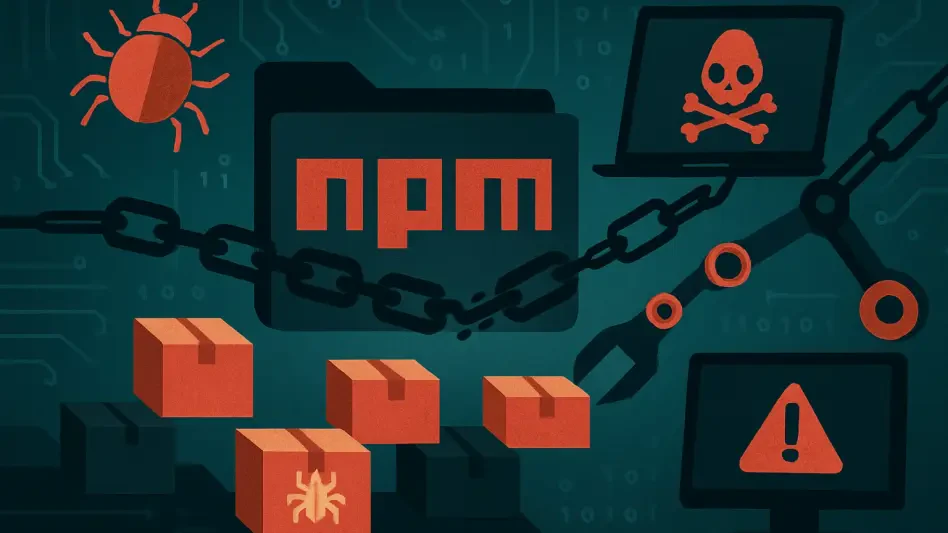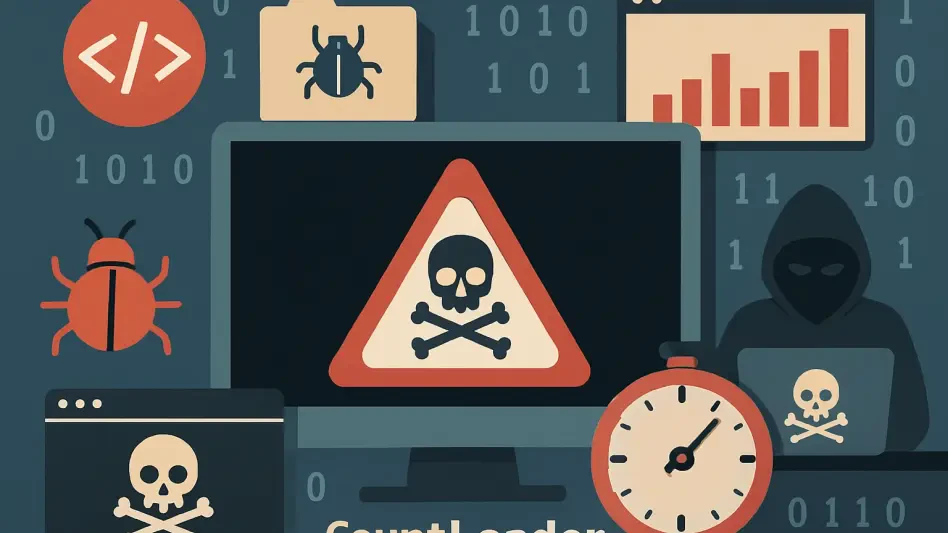In the realm of cybersecurity, discussions often prioritize advanced technologies designed to shield digital infrastructure from external threats. However, deeply ingrained within all digital interactions lies an equally vital and frequently underestimated factor: the human mind. Every breach involves calculated human manipulation, just as every defense necessitates a strategic human response. The psychology of cybercrime, the resilience of security professionals, and the behaviors of everyday users intertwine to form what is arguably the most unpredictable and significant variable of our digital defenses.
Peering into the Mind of a Cyber Criminal
Motivations and Psychological Profiles
Central to any cyberattack is a human influenced by complex motivations and psychological impulses. Cybercriminals exist not merely as technologists but as individuals with specific intentions, emotions, and psychological profiles driving their actions. Financial gain often serves as a primary incentive, as seen with ransomware attacks. However, other motives such as ideological beliefs or a desire to outsmart advanced defenses and later boast of their exploits in dark web forums also fuel their actions.
Many cybercriminals share distinct personality traits, such as a propensity for risk-taking, problem-solving skills, and a lack of adherence to ethical boundaries. The inherent physical and digital distance in online crime also contributes to a psychological disconnect, which lessens the moral weight of their actions. This environment allows cybercriminals to rationalize their actions in ways they might not if faced with their victims in person. These psychological “advantages” enable cybercriminals to excel in social engineering tactics, manipulating people instead of systems to gain unauthorized access.
Social Engineering Tactics
A powerful weapon in a cybercriminal’s arsenal isn’t always high-tech malware but rather the vulnerability of the human mind. Social engineering attacks — including phishing, vishing (voice phishing), and smishing (SMS phishing) — exploit non-technological human factors such as trust, fear, urgency, and curiosity. These attacks are alarmingly effective. A recent Verizon report highlighted that the human element contributed to 68% of data breaches, underscoring the vulnerability of human interactions.
For instance, phishing attacks are designed to create a sense of urgency, fear, or curiosity. Attackers manipulate users into clicking malicious links or divulging sensitive information. The success of these attacks relies on creating a false sense of trust and authority, preying on our innate tendencies. Understanding these methods is crucial not only for developing technical countermeasures but also for educating users on resisting psychological manipulation.
The Mental Fortitude of Cyber Professionals
Resilience and Ethical Conviction
Defending against cyber threats demands more than just technical skills; it also necessitates resilience, ethical conviction, and a keen understanding of human behavior. Cyber professionals operate in a high-stakes environment and face unrelenting pressure. Mental resilience is essential, enabling them to quickly respond to breaches, restore security, and learn from incidents.
Creativity and adaptability are indispensable in the cybersecurity field. As cybercriminals continually refine their tactics, security professionals must anticipate these moves, innovating new countermeasures even before an attack occurs. Much like a chess match, staying ahead of intruders requires ingenuity beyond technical abilities. The most effective security teams possess the capability to see beyond conventional approaches and the courage to pioneer novel defenses.
The Role of Ethics
Ethics also play a defining role, particularly as security professionals are entrusted with sensitive data and powerful tools. Misuse or negligence of these resources could cause significant harm. Adherence to a strong ethical code serves as a psychological anchor, helping cybersecurity professionals navigate the moral complexities of their work while prioritizing user privacy and security.
Building a Psychologically Aware Cybersecurity Strategy
Training and Awareness Programs
An effective cybersecurity strategy not only blocks attacks but also anticipates and adapts to human behavior. Aligning security measures with natural human tendencies can significantly enhance an organization’s defenses, surpassing reliance on users to remember overly complex protocols.
For example, training and awareness programs incorporating psychological insights are far more impactful than traditional “box-ticking” sessions. Nudge Theory principles, which employ subtle prompts to influence behavior, offer a potent alternative. Well-designed programs make secure behaviors easy, attractive, and timely, guiding employees toward safer practices without punitive undertones that can foster resentment and resistance.
Creating a Culture of Psychological Safety
Creating a culture of psychological safety within an organization can encourage employees to proactively address security concerns. When people feel safe discussing potential threats and even mistakes, early identification of risks and a collective commitment to security become second nature. This “human firewall” effect, where individuals collectively protect digital assets, strengthens organizational resilience.
Behavioral Analytics: The Fusion of Psychology and Technology
Understanding User Behavior
User behavior analytics represents a powerful intersection of technology and psychology. By analyzing behavioral patterns and detecting deviations, organizations can preemptively identify potential threats. This approach operates on the principle that individuals, even in digital spaces, follow predictable patterns. Behavioral analytics can detect anomalous behaviors — such as sudden attempts to access restricted files or logins at unusual times — signaling a potential breach.
Dynamic and Adaptive Security Measures
This combination of psychology and technology facilitates dynamic, adaptive security measures that can catch threats early, often before they escalate into significant incidents. By integrating human insight into the fabric of digital security, behavioral analytics marks a significant progression in cybersecurity defenses.
Rethinking the Rhetoric of Cybersecurity
Traditionally, the cybersecurity industry has relied heavily on fear-driven messaging to encourage secure behavior. While effective in the short term, experts argue that this approach may discourage engagement in the long run. Using dramatic language to describe threats can create a sense of helplessness among the general public, portraying cybersecurity as too complex and overwhelming for the average person to comprehend, ultimately promoting failure.
Instead, fostering a sense of civic responsibility can empower everyone to contribute to cybersecurity efforts. When people understand that their actions contribute to a safer online community, they are more likely to engage in secure practices. Reframing cybersecurity as a shared responsibility rather than a source of fear can transform public engagement with online security.
Bridging Technology and Psychology for a Secure Future
In the field of cybersecurity, conversations often focus on high-tech tools and methods designed to protect against external threats. However, at the core of every digital interaction lies a critical and often overlooked element: the human factor. Each cyberattack involves calculated human deception, necessitating a well-thought-out human counteraction for defense. Understanding the psychology behind cybercrime, the mental toughness of security experts, and the behavior of everyday users is crucial. These human elements intertwine, forming perhaps the most unpredictable and crucial component of our digital defenses. Recognizing the significant role played by human interaction in cybersecurity is essential in crafting effective strategies. Not only do we need advanced technologies, but also a deep understanding of human behavior to safeguard our digital infrastructure effectively. The interplay between human psychology and technology creates a dynamic battlefield where the most sophisticated systems can be rendered useless without mindful human oversight and intervention.







